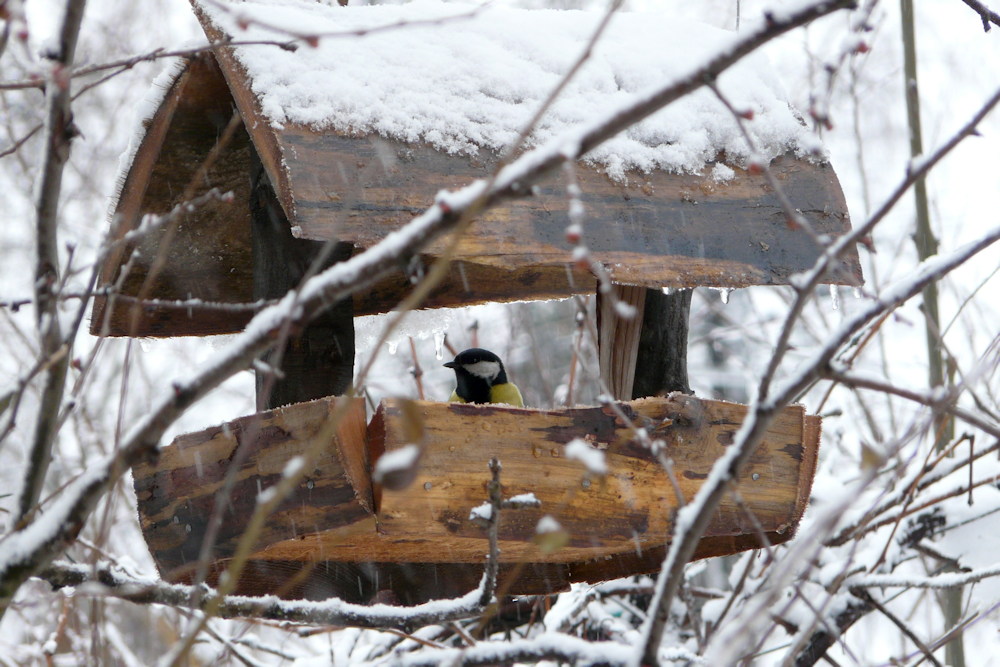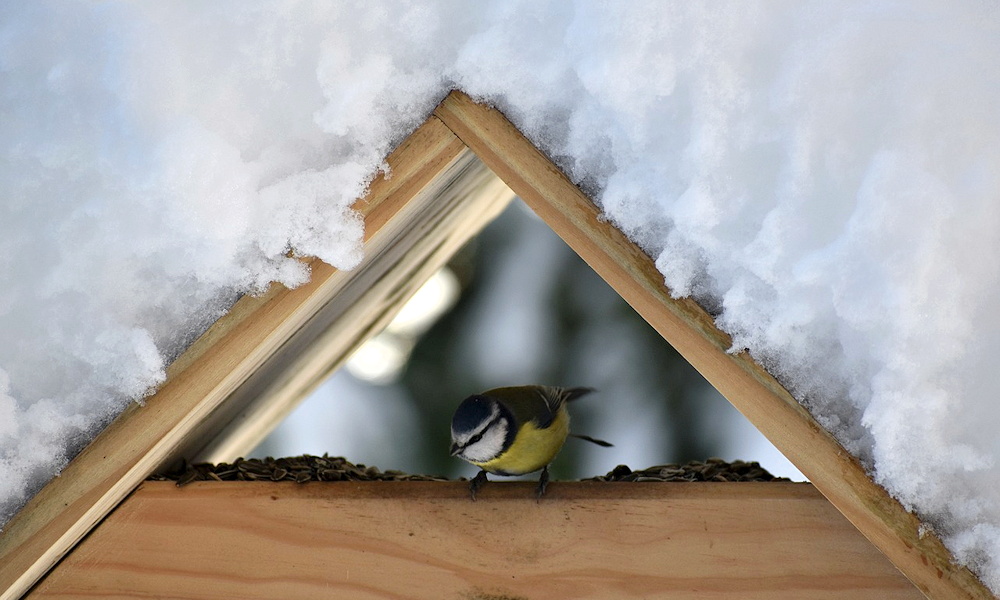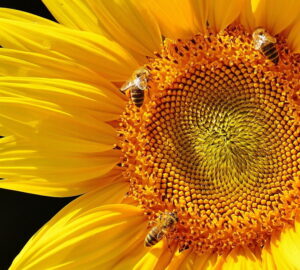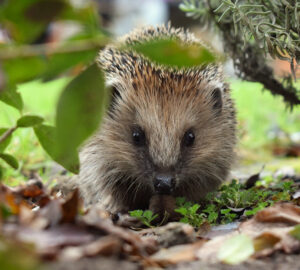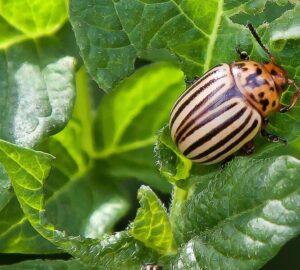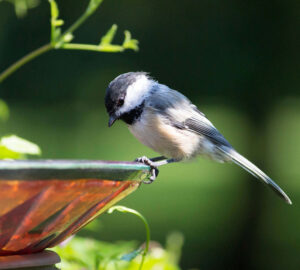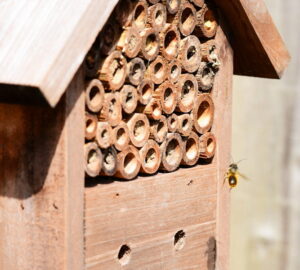As winter blankets the landscape in a frosty embrace, our feathered friends, including the great tit (Parus major), Eurasian blue tit (Cyanistes caeruleus), coal tit (Periparus ater) and their kin, face the challenging task of finding sufficient food to survive the cold months. This article aims to guide you on creating a bird-friendly haven in your garden, offering insights into the best bird foods, what makes a feeder just right for our feathered friends and essential rules for winter tit feeding.
Selecting the Right Bird Food
Winter can be harsh, making it crucial to provide birds with a high-energy diet. The following bird foods are particularly suitable for great tits, Eurasian blue tits, coal tits and other related species:
- Sunflower Seeds: Rich in fats and oils, these seeds are a favorite among tits.
- Peanuts (Unsalted): A great source of protein, peanuts attract a variety of tit species.
- Nyjer Seeds: Small but mighty, these seeds are packed with energy and appeal to many small birds.
- Mealworms: An excellent protein source, especially during the colder months when insects are scarce.
- Suet Balls or Cakes: High in fat, these provide a vital energy boost for winter survival.
- Walnuts: Walnuts can be a nutritious addition to the bird food selection. They are rich in fats and provide a good source of energy for birds, especially during the winter months when they need extra calories to stay warm. If you include walnuts in your bird feeder, make sure to offer them in moderation and ideally as crushed or small pieces, as this makes it easier for smaller birds like tits to handle. Additionally, ensure that the walnuts are unsalted to avoid any potential harm to the birds.
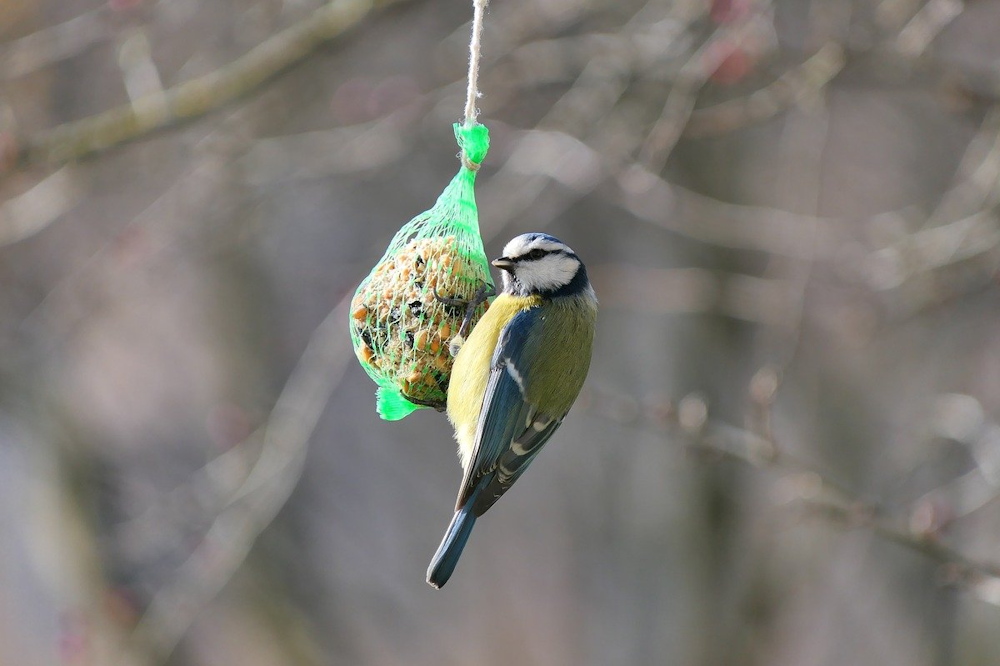
Installing a Welcoming Dining Space for Feathered Friends
- Easy Access: Opt for feeders with perches to accommodate the small size of tits. Feeders with multiple perches reduce competition for food.
- Weather Resistance: Choose feeders with proper protection against the elements to keep the food dry and fresh.
- Easy to Clean: Regular cleaning is essential to prevent the spread of diseases. Select feeders that are easy to disassemble and clean.
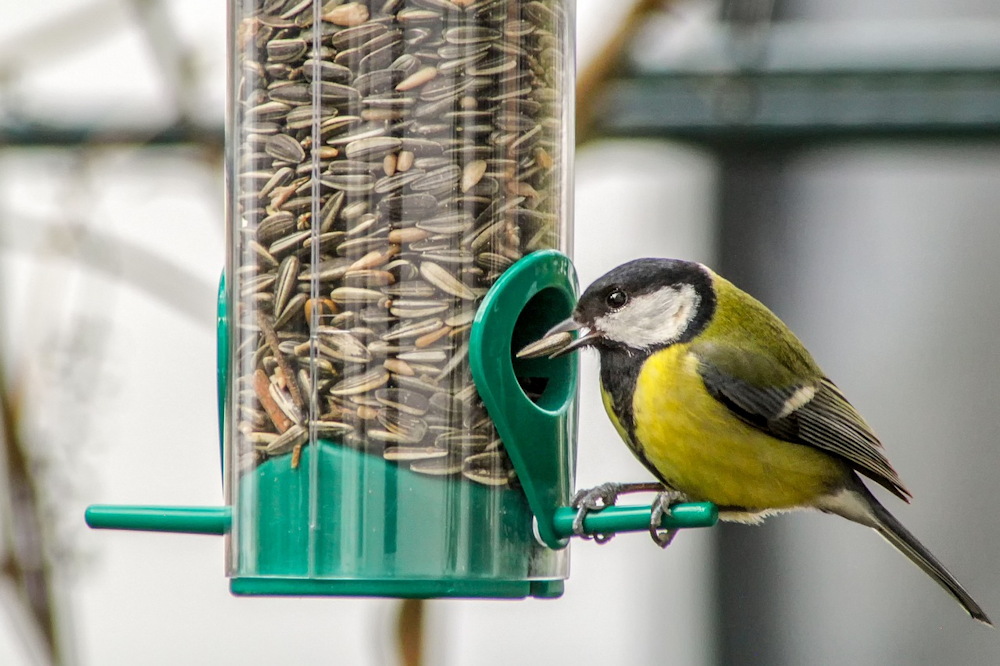
Keeping the Bird Buffet Open: Essential Winter Feeding Tips
- Consistency: Establish a routine for feeding. Birds rely on a stable food source, and regular feeding times help them plan their energy expenditure.
- Provide Fresh Water: In addition to food, ensure a fresh water source. Birds need water for drinking and bathing, even in winter.
- Be Patient: It may take some time for birds to discover your feeding station. Once they do, they’ll become regular visitors.
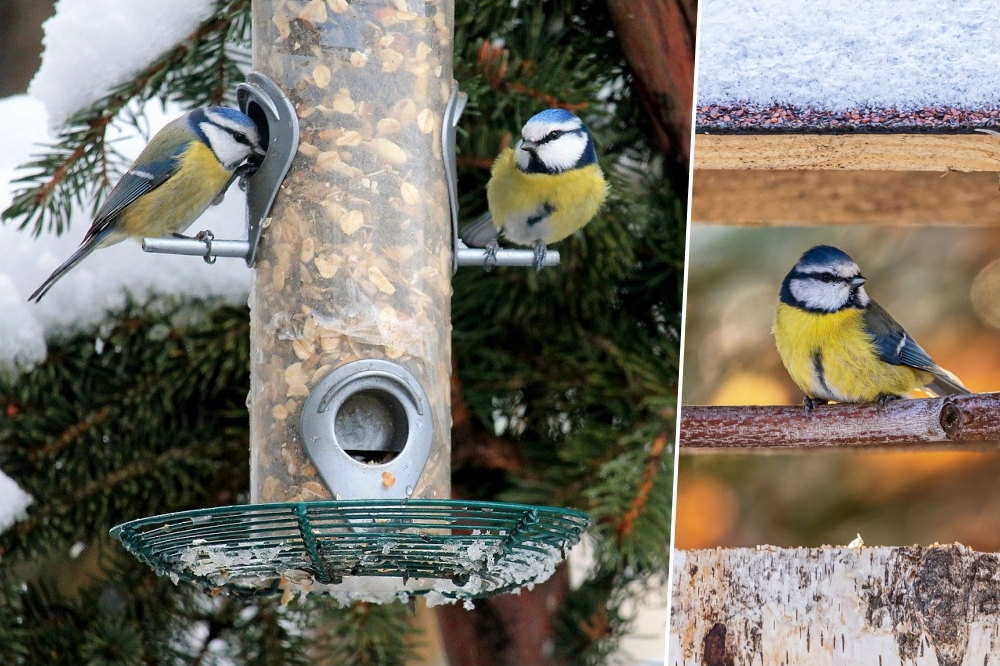
Guarding the Avian Banquet: Five Don’ts for Winter Bird Feeding
- No Salty Snacks: Avoid offering salted nuts or seeds, as excessive salt can be harmful to birds.
- Steer Clear of Bread and Milk: Despite common misconceptions, bread lacks nutritional value for birds, and milk can be detrimental to their health. Stick to bird-specific foods.
- Say No to Moldy or Spoiled Food: Regularly check and clean your feeders, discarding any moldy or spoiled bird food. Contaminated food can lead to illness among the feathered visitors.
- Avoid Overcrowded Feeders: While it’s tempting to create a bustling bird hotspot, overcrowded feeders can lead to aggression and competition. Ensure there’s enough space for all birds to feed comfortably.
- Don’t Neglect Fresh Water: Even in the winter, birds need access to fresh water. Ensure that your bird bath or water source remains unfrozen and replenish it regularly.
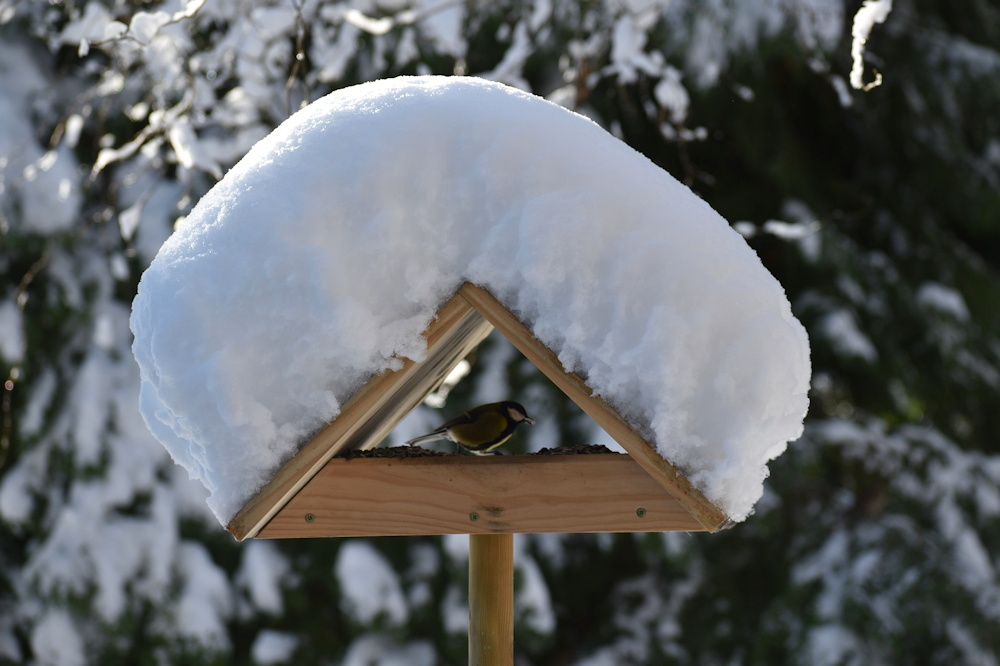
By following these guidelines, you can transform your garden into a winter haven for tits and their feathered companions. Providing the right bird food, choosing suitable feeders and adhering to essential rules will not only support the survival of these charming birds but also bring joy to your winter garden. Witnessing these agile and colorful creatures flitting about is a delightful reward for your efforts in nurturing a bird-friendly environment.
